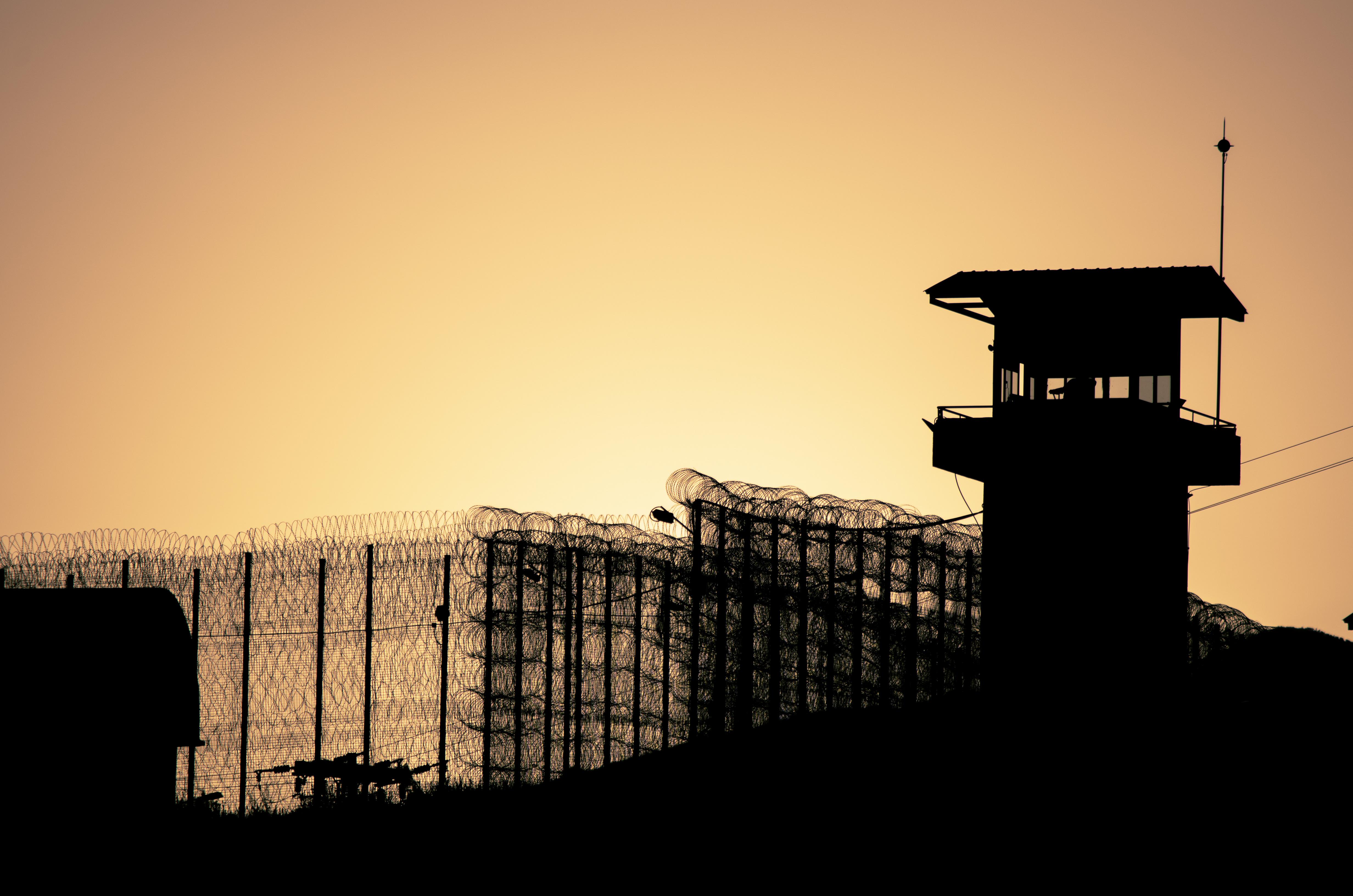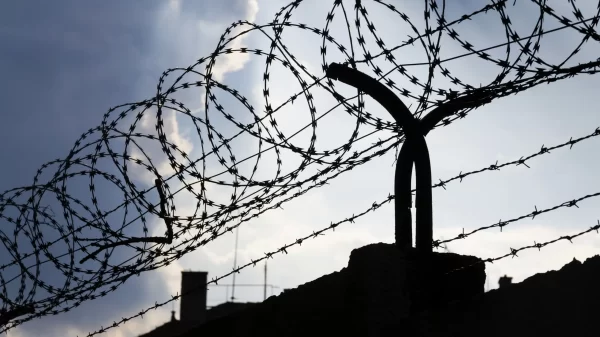A number of incarcerated workers within Alabama’s correctional system may go on strike in the coming weeks, according to sources within the Alabama correctional system.
The proposed date for the strike and peaceful protest is Sept. 26, according to sources who spoke on the condition of anonymity due to possible retaliation from the Alabama Department of Corrections. The number of incarcerated individuals who may go on strike remains unknown, but a considerable amount of incarcerated individuals hold jobs inside.
Demands include reinstatement of good time incentives to all eligible individuals for release back into society, the end of life without parole, repeal of the 1979 Habitual Felony Offender Act, and payment for all incarcerated workers within the ADOC.
“We want our issues addressed by Alabama lawmakers and for them to take the time to hear our thoughts towards ‘real’ judicial and prison reform that benefits the public safety and well-being of those incarcerated,” organizing members said in a statement released to APR. “Our issues are not issues ADOC can address or negotiate. The solution resides in the power of our legislative branch of government alone.”
The cohesiveness of the organization effort remains to be seen, as several agendas and demands sheets have emerged in the last few weeks. However, The results of a large general strike within the prison could be catastrophic for the ADOC, given the low number of correctional staff at each of the state’s 14 major correctional institutions and the crucial role incarcerated individuals hold in prison jobs.
“They need us to run these facilities,” a source within the Alabama correctional system who wished not to be identified said during an interview with APR. “What you have is guys that have been keeping the system running so long. Now, they finally come together and said, ‘you know what, society has shut down on us; society has thrown us away; parole board and the courts have both shut down on us.’ So now you can run it yourself.”
During previous strikes and protests by incarcerated individuals in state prisons, allegations of punishment and retaliation by the ADOC have emerged, with reports of protesting individuals being starved, locked into solitary confinement for months, and beaten for participating in the civil disobedience. In 2016, leaders of the Free Alabama Movement, a prison collective within the correctional system that helped start the largest strike among prison workers in U.S History, were locked away for years in solitary confinement for their role in the strike.
“I’m sure that there’s probably going to be some instances where some of the officers get some of the guys to the side or in solitary and do violence to them,” a source within the Alabama correctional system who wished not to be identified said during an interview with APR. “Those are to be expected.”
In January of 2021, a group of incarcerated individuals staged a hunger strike at Kilby Correctional Facility in Montgomery County, with one incarcerated individual reporting that he had been beaten by correctional staff at the facility, according to the Montgomery Advertiser.
An outside protest at the ADOC headquarters in Montgomery is scheduled to coincide with the possible date of the prison strike this September.
Alabama’s prisons remain some of the most dangerous and inhumane correctional institutions in the country. The on-going lawsuit with the U.S Department of Justice alleges unconstitutional treatment, rampant narcotics abuse, and increased instances of violence between incarcerated individuals that can be directly linked to a lack of staffing system wide.
Recently, a correctional guard at Elmore County Correctional Facility with a history of violence towards incarcerated individuals, was filmed repeatedly beating a distressed man, 44-year-old Jimmy Norman, on the roof of the prison chapel at the facility. Officer Ell White was later placed on mandatory leave pending an official investigation, with reports from the prison suggesting that correctional staff have begun cracking down on other incarcerated individuals in an effort to find who filmed the videos posted to social media.
According to statistics from the Alabama Department of Corrections, the current incarcerated population in major facilities is 19,992 as of June.



















































